Hello, my dear colleagues! This article is an article in the series of articles related to language teaching methodology, associated with the participatory approach.
What is the participatory approach to language teaching?
The participatory approach is similar to content-based instruction, but the content emerges from the students’ answers and participation in this approach.
What are some aspects of the participatory approach?
- Problem-solving is elicited by the teacher. The teacher will pose a problematic situation, backed up by some visual stimuli, and ask the students to solve the situation.
- Brainstorming solutions is the crucial part of this method. The students will present their ideas, and they can discuss them on the spot.
- Group work/project consists of collaborative work in order to create a solution that is accepted by the whole group. Educators usually do it in form of a letter, story, or a science project.
- Students complete the self-assessment at home, through the project revision.
- Discussion happens when the students bring their revised projects. They will describe their corrections and evaluate their own learning in front of the group.
The use of authentic texts and connecting the teaching materials to real life
Since the issues presented are usually connected to their closest community and/or real life, this is a real chance to introduce authentic lesson materials. This means that instead of using a textbook to introduce content, content from real life will be used, such as videos, newspaper articles, interviews, etc.
An example
Example: The teacher engages the students into an initial discussion about something connected to their lives. The teacher poses a problem and tries to elicit a solution from the students. The teacher leads the students to the best solution. Then they decide on a project, in this case, a group letter. The students work together to edit their letters. They will continue editing the project for homework and bring their letters and read them next time. In the end, they will discuss what they learned in the lesson.
The Participatory Approach works very well in Content-Based Teaching. Educators can use the method after the initial presentation of the content as a follow-up activity and revise the learned content, vocabulary, and grammar structures. If we want to conduct a lesson with a participatory approach, we should plan it according to the learners’ level.
How can this engage and motivate your students?
This engages learners to explore on the internet, activates multiple 21st-century skills, and motivates them to stay active in the classroom. It opens a whole new world. It gives them opportunities to voice their concerns over important issues closely related to their lives while improving language learning, acquisition, and content retention. It also activates all 4 language skills (listening, speaking, writing, and reading) organic and contextual.
References
- J.Nelson. (2012), Overview of ESL/EFL Methods
- Larsen – Freeman, D. (2000). Techniques and Principles in Language Teaching, Oxford: Oxford University Press.
- Saville-Troike, M. (2006). Introducing second language acquisition. Cambridge, UK: Cambridge University Press.
How do you engage your learners and keep them motivated? Have you ever considered using the participatory approach in your lessons? Write below or get in touch via the contact page if you have anything to add or say.

Click here to explore my store where 99% of materials are forever free!
All the materials except lesson plans and 30+ page interactive activity books will be free FOREVER! Why? Because sharing is caring, and 2020 hasn’t been kind to all of us. Please consider donating so I can keep making FREE materials for everyone and keep my website open for all of you.

Don’t forget to leave a review when you download materials! It’s just a minute of your time, and it means a lot to me.
P.S. The store and the freebie library are not the same things – the freebie library has some extra materials like conference presentations and webinar recordings which are not available in the store ✨
The subscription link for the store is below my bio in every post. ?

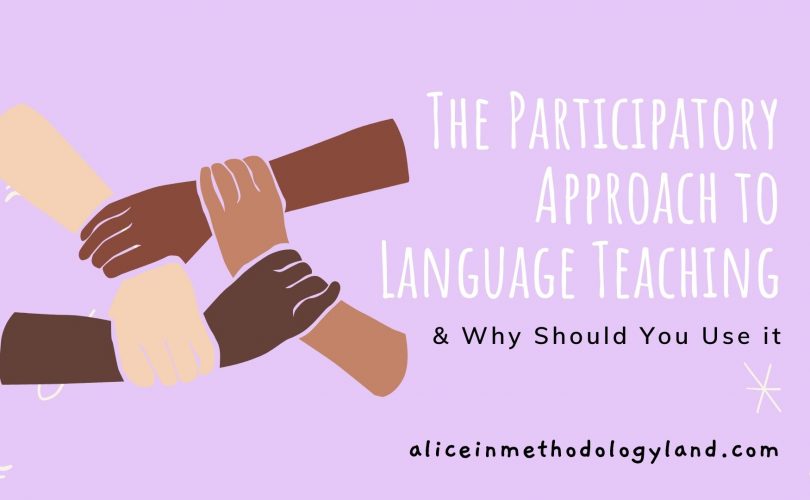
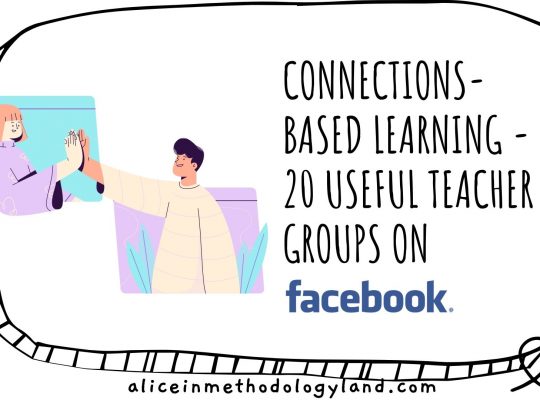

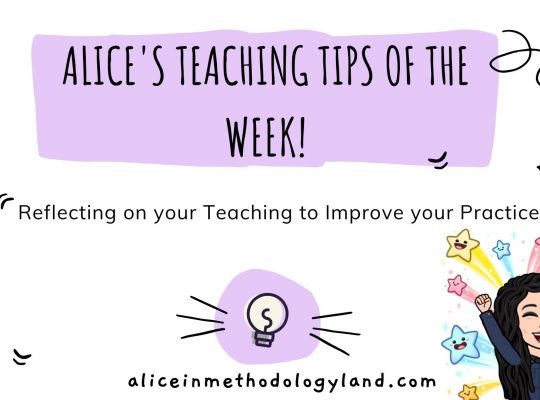
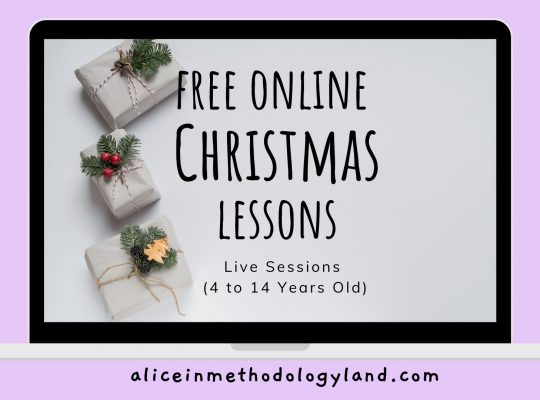
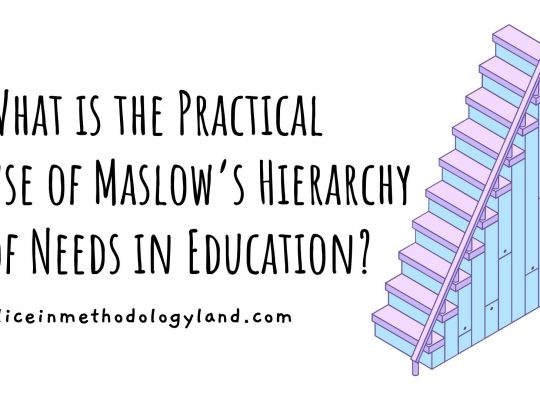

A great post! Only yesterday I was reading Larsen-Freeman’s chapter about it in the book you’ve mentioned in the references. I am interested now in writing a post on how the participatory approach can lend itself to lessons on sustainability. I intend to base it on the context of adult learning. I think it’s a really key part in the academic background to bringing environmental issues into the classroom, as well as so many other issues!
I cannot agree more, omg! The Participatory Approach is generally brilliant for all social issues, and it can spark relatable activities, with all 4 skills seamlessly included. Do let us know how did yo apply it in the green context!